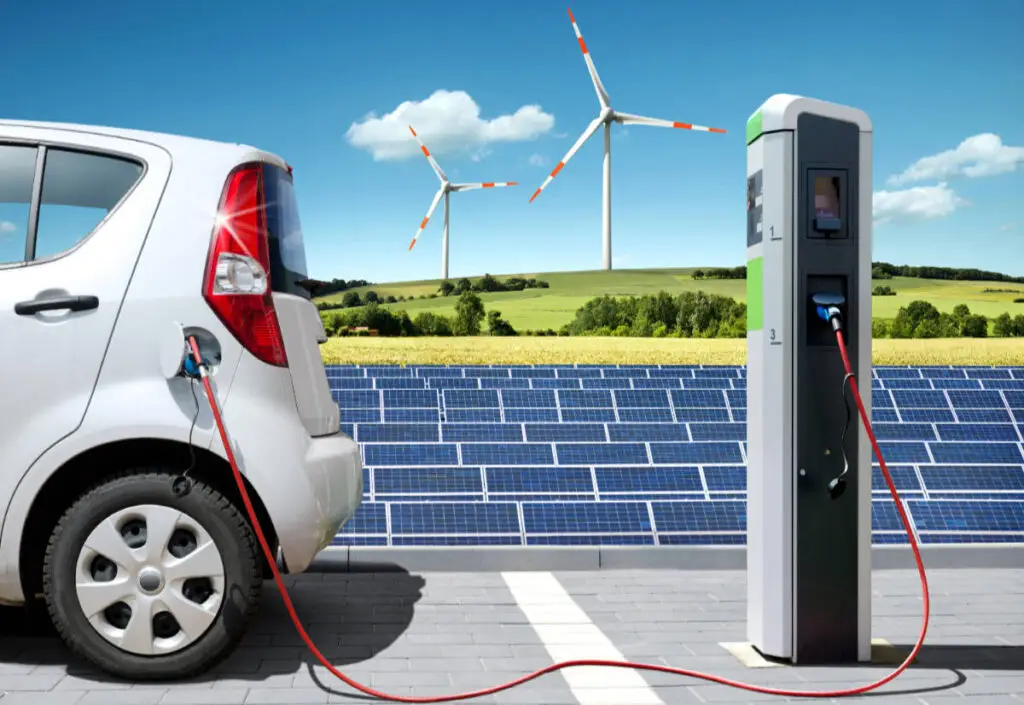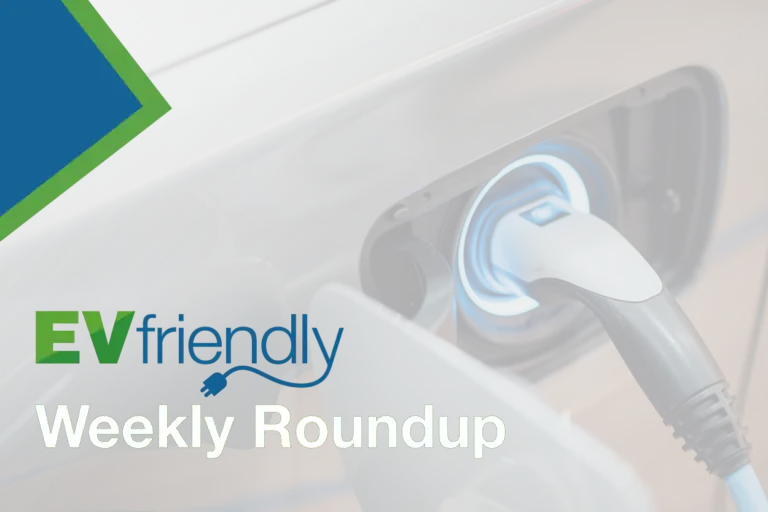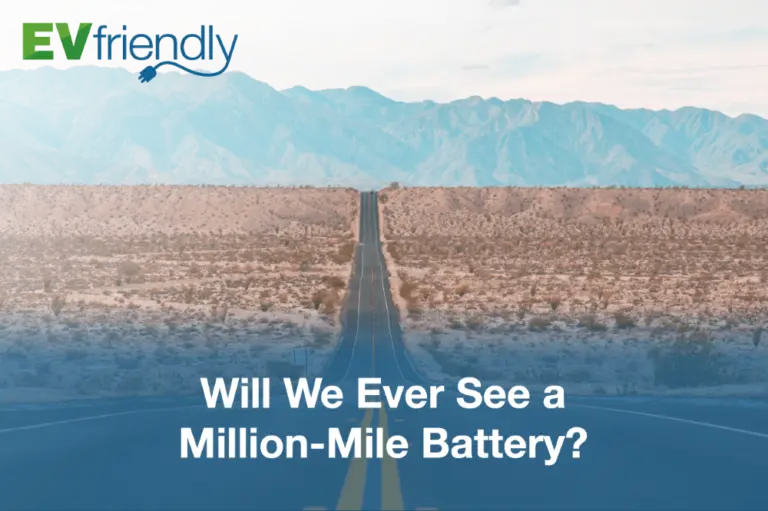Are EVs Good For the Environment?
The Facts About Recycling
Did you ever wonder what happens to an EV battery once it can no longer hold a charge?
EVs are better for the environment because they produce zero, or near zero tail-pipe emissions. But they also offer another benefit in that the batteries used to power them can not only be recycled to make other batteries, but they can be given a second life in other applications, such as powering our homes, businesses, and equipment.
There are two different indicators you can use to check the health of your battery.
Battery state-of-charge (SOC) refers to the amount of useable energy currently stored in the battery (i.e. how full is the tank?), whereas battery state-of-health (SOH) is a measure of the battery’s performance relative to a brand new one of the same make, model, and model year. In other words, the battery health is a way of understanding how its performance may have degraded over time.
When a battery SOH falls below 75% – 80% it is likely that you will need to replace it. But that’s not the end of the story for your battery.
Lithium-ion batteries contain many toxic metals that are harmful to the environment, so it is important that they are refurbished or recycled through an EVfriendly qualified facility.
A vehicle whose battery needs replacement, or one that has been in an accident and written off by an insurance company, can be salvaged at auction to auto dismantlers who can harvest much needed parts for repairs on vehicles still on the road. Buying quality used parts for the repair of your EV is not only good for the environment but also considerably less expensive than buying new.
In addition to cosmetic parts, auto dismantlers can resell other high voltage components, including batteries. Batteries that have a state of health of 80% or higher can replace an older, less efficient battery.
Before you purchase a used battery from a recycler you should always get a state of health report. You can discuss your options with an approved EVfriendly repair facility about having a used battery tested prior to purchase.
Batteries can still have a second life even if they are not used to power an EV. People are finding innovative ways to re-use or re-purpose second life batteries in many other ways.
When an EV battery reaches the end of its useful life for powering EVs, there are three basic options:
- An EV battery that has reached the end of its useful life can also be repaired or remanufactured to preserve the life of the existing battery. This is done by replacing individual cells or modules. Cells age differently, so only a portion may need to be replaced at the end of a battery pack life.
- A battery may still find a useful second life as secondary energy storage. For instance, the power grid could benefit by storing nighttime energy (or at times when energy is less expensive) and use it to displace daytime supplies of natural gas or other fossil fuels. Secondary battery storage could also be used by workplaces and homeowners to store power from solar, wind, and/or for use as a backup in case of outages or emergencies.
- The final option for end-of-life batteries is to send them to a recycling facility where individual elements can be separated and sorted then re-sued in the production of new batteries or other products. Recycling end-of-life batteries will help divert them from ending up in a landfill and polluting the environment.
Never attempt to replace or repair an EV battery on your own. Battery repair or replacement may only be carried out by a qualified professional.
It is important that we all do our part for a cleaner world. Switching to electric is one way of creating a more sustainable environment.






